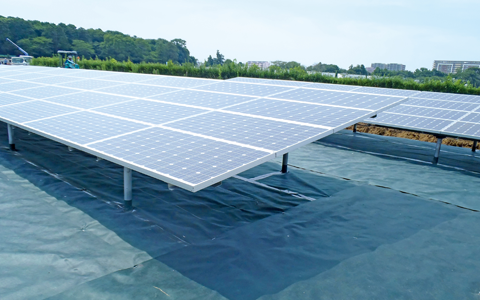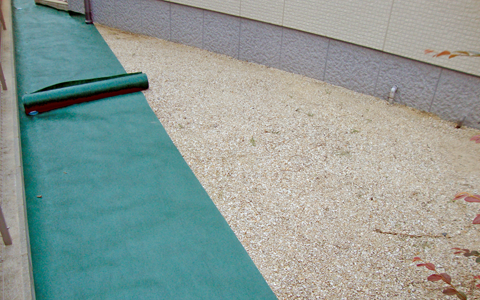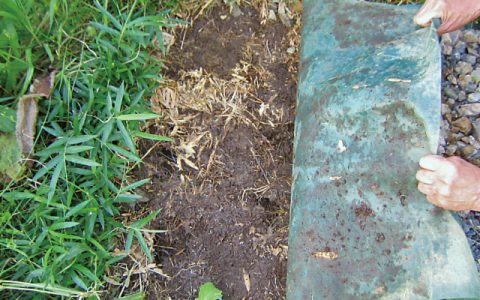Weed control
Importance, definition, and threats from plants
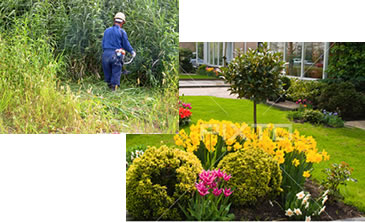
Plants play important roles in landscaping. They also supply valuable oxygen to humans and other organisms. We also have many opportunities to see plants, such as green strips in streets and gardens. Yet, weeds grow in undesirable areas for humans; they are the plants that expand their coverage with persistence and quick growth. Weeds are so strong and persistence that they invade areas of other plants and cause them to wither and affect agricultural crops. In households, weeds become the habitat for insects and cause pest damage. In solar power generation plants in open fields, tall weeds create shadows on the solar panels and cause power generation output to decrease and cause systems to malfunction.
Types and characteristics of weeds
Rosette type
Rosette type weeds are resistant to trampling and can grow in the narrow gaps beside roads. Their roots do not spread widely; thus, they can grow on hard ground, narrow sections, and sandy areas.
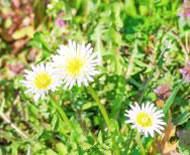
Dandelions
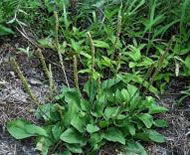
Psyllium
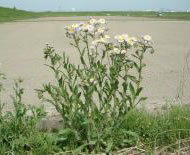
Philadelphia fleabane
Creeping (prostate) type
Creeping (prostate) type weeds grow and expand coverage while spreading on the ground surface. They horizontally extend stems called runners, grow roots in the ground, and create new buds. They spread by repeating this process. Since they can absorb moisture through runners, they can grow in areas where other trees or plants cannot survive.
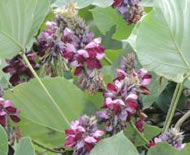
Kudzu
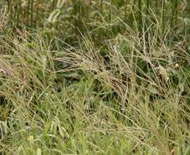
Digitaria ciliaris

White clover
Weeds with rhizomes
Weeds with rhizomes spread roots in the ground and expand their coverage. Since they are connected through roots in the ground and share nutrients, they can live in areas where plants cannot conduct photosynthesis.
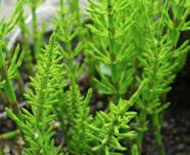
Field horsetail

Sasa
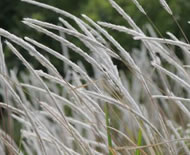
Congo grass
They have a strong penetrating force and pierce through weed control fabrics with low penetration resistance.
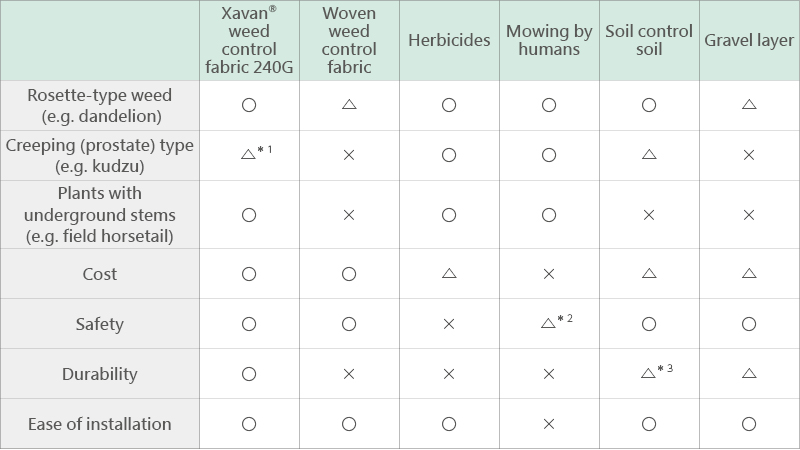
*1: Germination can be stopped beneath a weed control fabric. Yet, they arrive from the outside of the fabric, and it is impossible to prevent them from growing on the fabric.
*2: Considering working under a blazing sun and summer heat, as well as the damage caused by mowers and stones shot from mowers
*3: Considering that cracks are created in the weed control soil depending on the environment
Why is weed control fabric selected to control weeds?
Weed control fabrics have no effect on the environment, and their effects last a long time. They require no running costs once installed, which means low cost in the long run. The installation is easy and does not require special skills.
Weed control fabrics are expected to have mainly the following three functions.
1. Light blocking performance to prevent weeds from conducting photosynthesis underneath the fabric
2. Penetration resistance to block weeds from penetrating through the fabric
3. High water permeability
Weed control fabrics that retain these three functions at a high level and for a long time are in demand.
